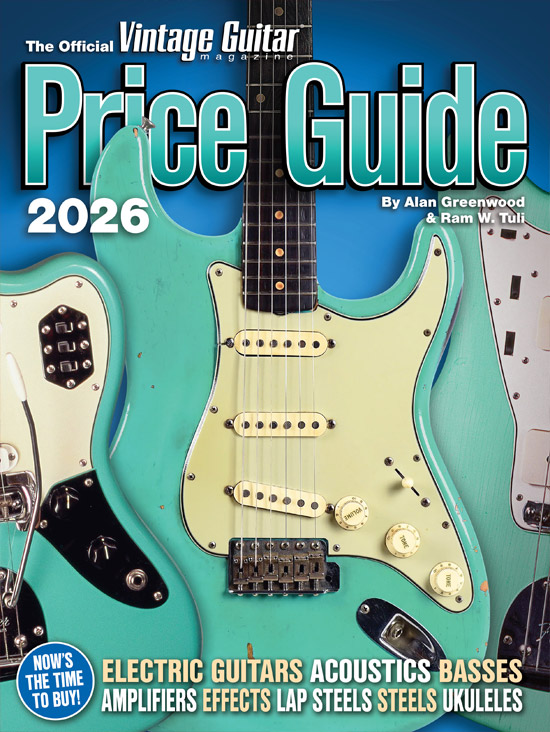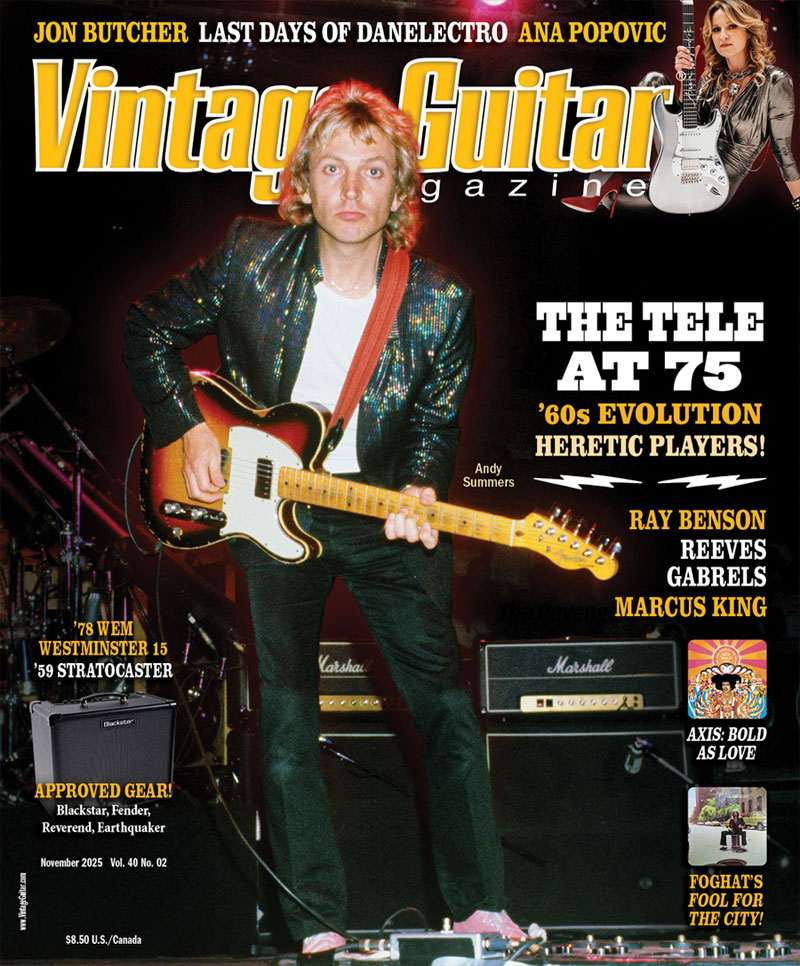On July 17, folk music lost one of its guiding lights with the death of Happy Traum at age 86. A major player in the Greenwich Village and Woodstock scenes, he was best known for his catalog of Homespun instructional videos, boasting an eclectic roster of artists on a variety of instruments.
“He was one of a few left of that breed of artists from the ’60s that were the true epitome of folk music,” says one such instructor, steel-guitarist Cindy Cashdollar. “They brought forth the discovery and revival of artists like Mississippi John Hurt, and Sonny Terry and Brownie McGhee.”
Hot Tuna’s Jorma Kaukonen echoes the sentiment: “Happy was a major contender in the burgeoning folk scene of the early ’60s and onward. He was a heavyweight artist, always, but he never flaunted it. He played and sang with flawless expertise and love. Whenever he made music, the light always shone through. Having studied with the great Brownie McGhee, no one could channel him like Happy, but he had a very distinct style of his own.”
Traum was born in The Bronx, New York, May 9, 1938 – his nickname derived from his first and middle names, Harry and Peter. After appearing on 1963’s Broadside Ballads, Vol. 1, along with Bob Dylan, Phil Ochs, and Pete Seeger, Traum’s group, the New World Singers, recorded the first versions of “Blowin’ In The Wind” that year and “Don’t Think Twice, It’s All Right” a year later. In ’71, he backed Dylan on acoustic guitar, banjo, and bass, and sang harmony on “I Shall Be Released” and three other songs that ended up on Bob Dylan’s Greatest Hits, Vol. 2 and the box set The Bootleg Series Vol. 10: Another Self Portrait (1969–1971).
Younger brother Artie was a guitarist, composer, and producer in his own right. The two moved to Woodstock in 1967 and performed together until Artie’s death in 2008.
In ’72, they recorded and produced Mud Acres, Music Among Friends, and three subsequent albums under the collective moniker The Woodstock Mountains Revue. Its core also included Bill Keith, Jim Rooney, John Herald, Roly Salley, Larry Campbell, and Pat Alger.
Happy’s first of a dozen instructional books, Fingerpicking Styles For Guitar, was published in ’65. In addition to becoming editor of Sing Out! The Folksong Magazine, he wrote the “Strictly Folk” column for Guitar Player.
With wife, Jane, he launched Homespun Tapes in ’67, which eventually transitioned from audio cassettes to video. Among its 500 entries are lessons by bluesman John Hammond, Band drummer Levon Helm, banjoist Béla Fleck, and even mandolin icon Bill Monroe.
“It seems as if we were friends for an eternity; he and Jane were that kind of people,” Kaukonen adds. “I had spent a number of years dismantling my life and was trying to find my way out of the forest. Happy extended his hand to me in the late ’80s and gave me a second chance by inviting me to make an instructional video. The work that he and Jane did in the creation of the groundbreaking Homespun instructionals will never be equaled. I will always be grateful to them for that opportunity. It changed my life.”
His first of six solo albums, 1975’s Relax Your Mind, was produced by Stefan Grossman and featured songwriter Pat Alger on mandolin. For his last album, 2022’s There’s A Bright Side Somewhere, contributors included Campbell, Cashdollar, John Sebastian, and son Adam Traum.
“Happy was one of a handful of people who gave me a chance to prove myself with no strings attached,” says Alger. “We met in January, 1970, at the Vermont Folk Festival, and he invited me to stop by Woodstock on my way back to Atlanta. Not long after, my wife and I moved there, and she began working for Homespun Tapes. Happy was uniquely qualified to be a historian of the entire folk movement and the guitar styles they played, but he was also willing to help a 22-year-old kid like me to get started. I played mandolin on his first three solo albums when he could have hired any number of legends, and he also recorded one of my early songs, ‘Daddy’s Violin,’ on Bright Morning Stars. In the Woodstock Mountains Revue, he always stopped the show at least once in every set we did. He was a very important mentor, especially because he also treated me as his peer. The confidence he gave me then sustains me to this day.”
“If you didn’t know him, you felt like you did upon meeting him,” Cashdollar adds. “If you knew him, you’d never fathom the day when he wouldn’t be a phone call away. He was a huge talent and an educator and innovator who never lost the spark to love, create, and share music.”
“Happy had an overriding quality of humanity that is not easy to define,” says Kaukonen. “Suffice it to say that he was a true mensch. His like is not soon to be seen again.”
This article originally appeared in VG’s November 2024 issue. All copyrights are by the author and Vintage Guitar magazine. Unauthorized replication or use is strictly prohibited.




